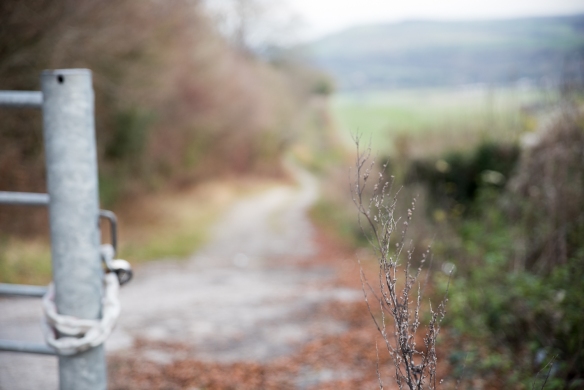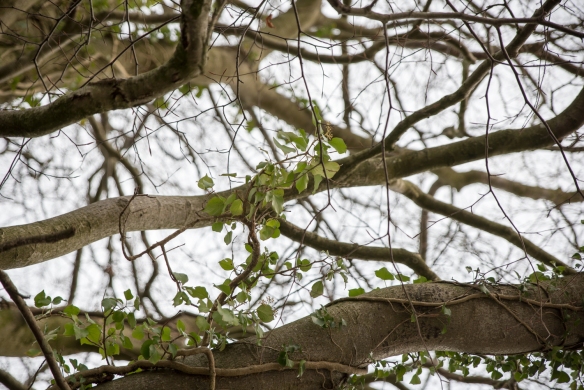Exercise 2.6
Use a combination of wide apertures, long focal lengths and close viewpoints to take a number of photographs with shallow depth of field. (Remember that smaller f numbers mean wider apertures.) Try to compose the out-of-focus parts of the picture together with the main subject. Add one or two unedited sequences, together with relevant shooting data and an indication of your selects, to your learning log.Wide apertures create shallow depth of field, especially when combined with a long focal length and a close viewpoint. In human vision the eye registers out-of-focus areas as vague or indistinct – we can’t look directly at the blur. But in a photograph, areas of soft focus can form a large part of the image surface so they need to be handled with just as much care as the main subject.
Don’t forget that the camera’s viewfinder image is obtained at maximum aperture for maximum brightness and therefore at the shallowest depth of field. Use the depth of field preview button to see the actual depth of field at any particular aperture. (This is especially useful in film cameras where you don’t have the benefit of reviewing a shot immediately after you’ve taken it). It’s surprising to see the effect that a single f stop can have on the appearance of an image.

ISO 200, 70 mm, f/2.8, 1/200

ISO 200, 70 mm, f/2.8, 1/160

ISO 200, 70 mm, f/2.8, 1/160

ISO 200, 70 mm, f/2.8, 1/125

ISO 200, 70 mm, f/2.8, 1/200
